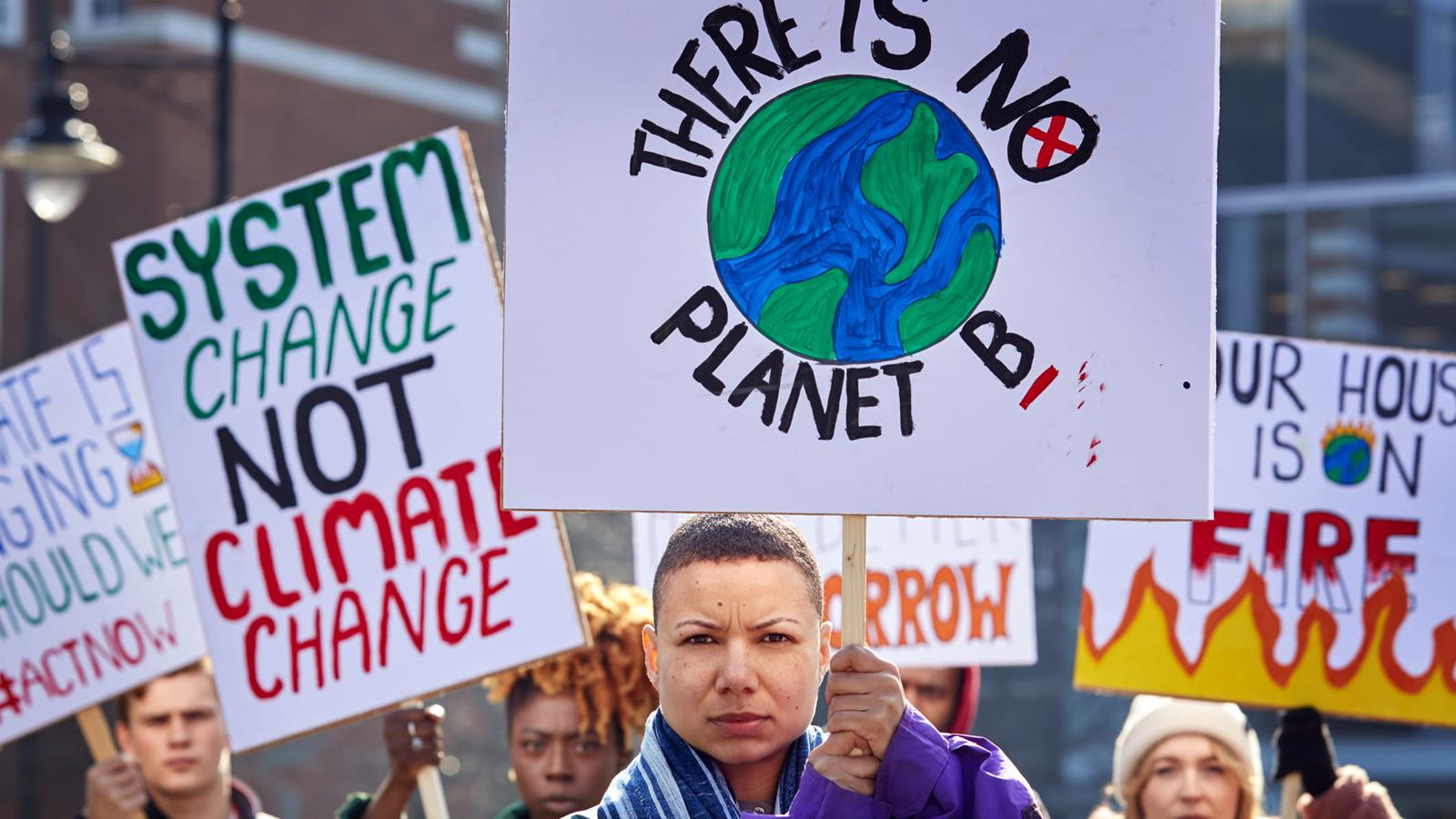

Worsening human-induced climate change may have effects beyond the widely reported rising sea levels, higher temperatures, and impacts on food supply and migration – and may also extend to influencing mental distress among high schoolers in the United States.
According to a representative survey of 38,616 high school students from 22 public school districts in 14 U.S. states, the quarter of those adolescents who had experienced the highest number of days in a climate disaster within the past two years and the past five years – such as hurricanes, floods, tornadoes, droughts, and wildfire – had 20% higher odds of developing mental distress than their peers who experienced few or no disaster events.
The paper is the first large scale research looking at mental health of adolescents following multiple disaster events — including the timing, frequency, and duration of the events – spanning 83 federally declared climate disasters occurring within 10 years before the survey was completed. The findings, using May 2019 data on sadness/hopelessness and short sleep from the U.S. Youth Risk Behavior Survey and disaster data from the Federal Emergency Management Agency, were published this month in the journal Preventive Medicine Reports.
“We know that climate change has and will have catastrophic impacts across the globe,” said lead author Amy Auchincloss, PhD, an associate professor of epidemiology in the Dornsife School of Public Health. “But we were alarmed to find that climate related disasters already were affecting so many teens in the U.S. For example, within the past 2 years, many school districts in our study were subject to climate disasters for over 20 days.”
Respondents reported mental health distress by responding affirmatively to persistent feelings of sadness or hopelessness and short sleep duration, two factors that previous studies strongly link to mental health disorders among adolescents. The group controlled for other factors that may influence mental health, such as age, race, gender, experience of bullying, concerns about school safety and household income.
A positive, but not statistically significant, link between experiencing climate disasters and mental distress was also found when spanning ten years before the U.S. Youth Risk Survey.
“We found the strongest effects on mental distress in the 2 years immediately following a climate disaster – with the effect gradually weakening 5 to 10 years after the disaster,” said co-author Josiah Kephart, PhD, an assistant professor in the Dornsife School of Public Health.
As the results cannot prove causation, the authors say they would like to see more studies into the range of effects of climate change on youth and methods to improve preparing for potential worsening mental health among this population.
Already, roughly half of adolescents have experienced a mental health disorder in their childhood or teen years, according to the U.S. Department of Health and Human Services.
“Resources for the youth mental health crisis already have difficulty meeting demand and demand will increase as disasters increase,” said co-author Esther Chernak, MD, a clinical professor and director of the Center for Public Health Readiness and Communication at Dornsife School of Public Health. “The current study is evidence that clinicians, policymakers, parents, and many others with a stake in youth mental health can point to when advocating for increasing adolescent-specific mental health resources – particularly in lower-income communities who will be hit hardest by disasters.”

